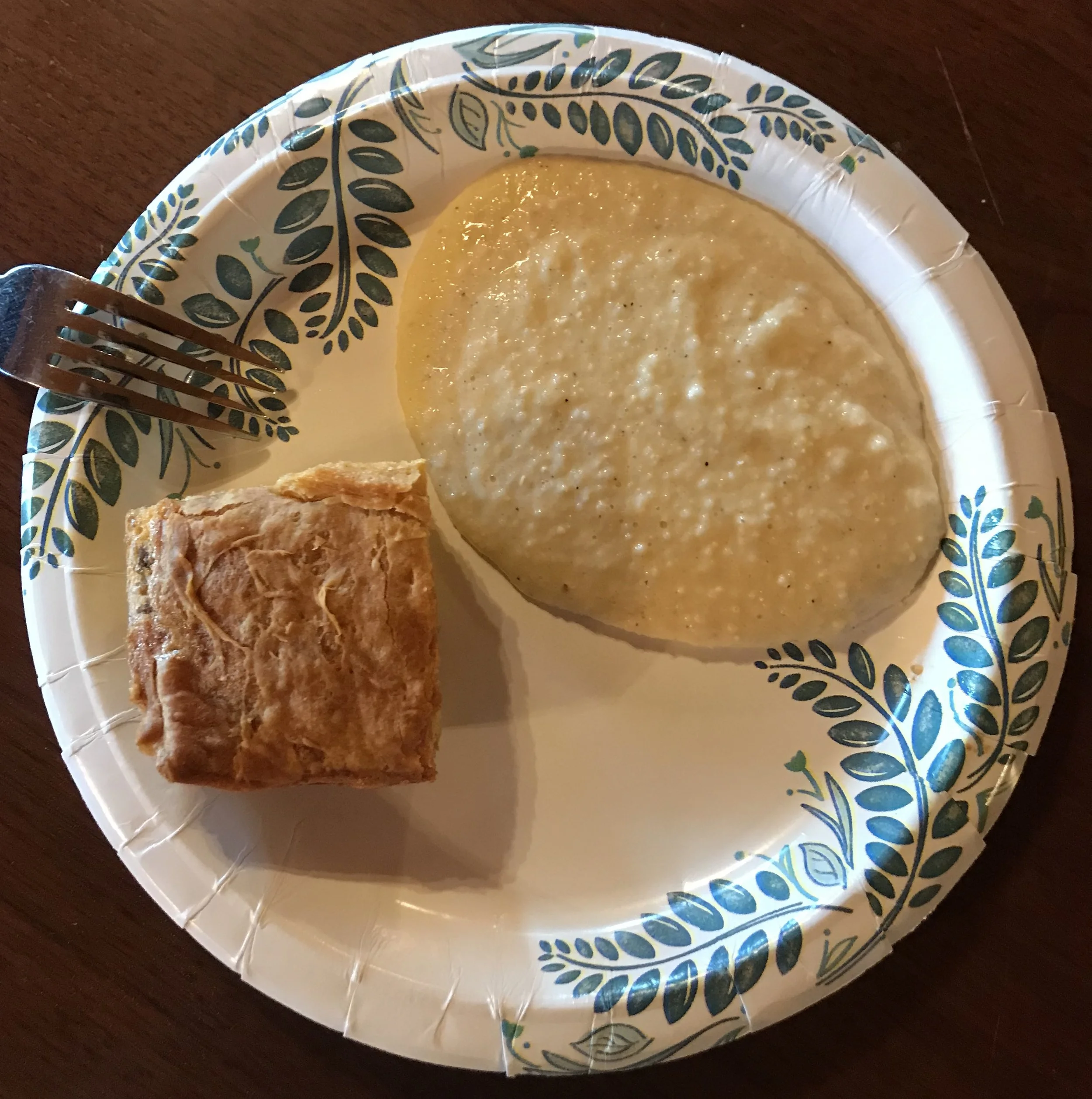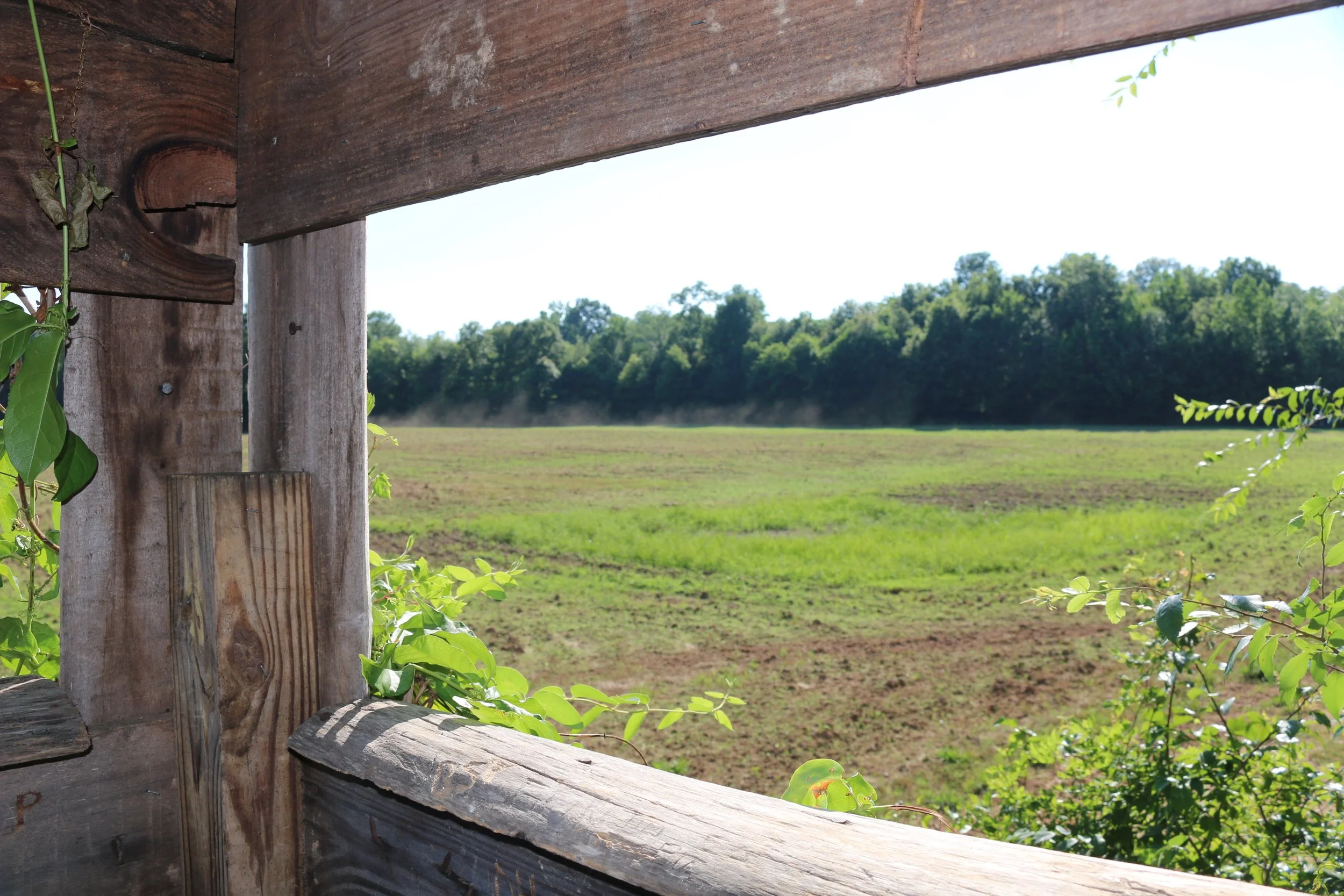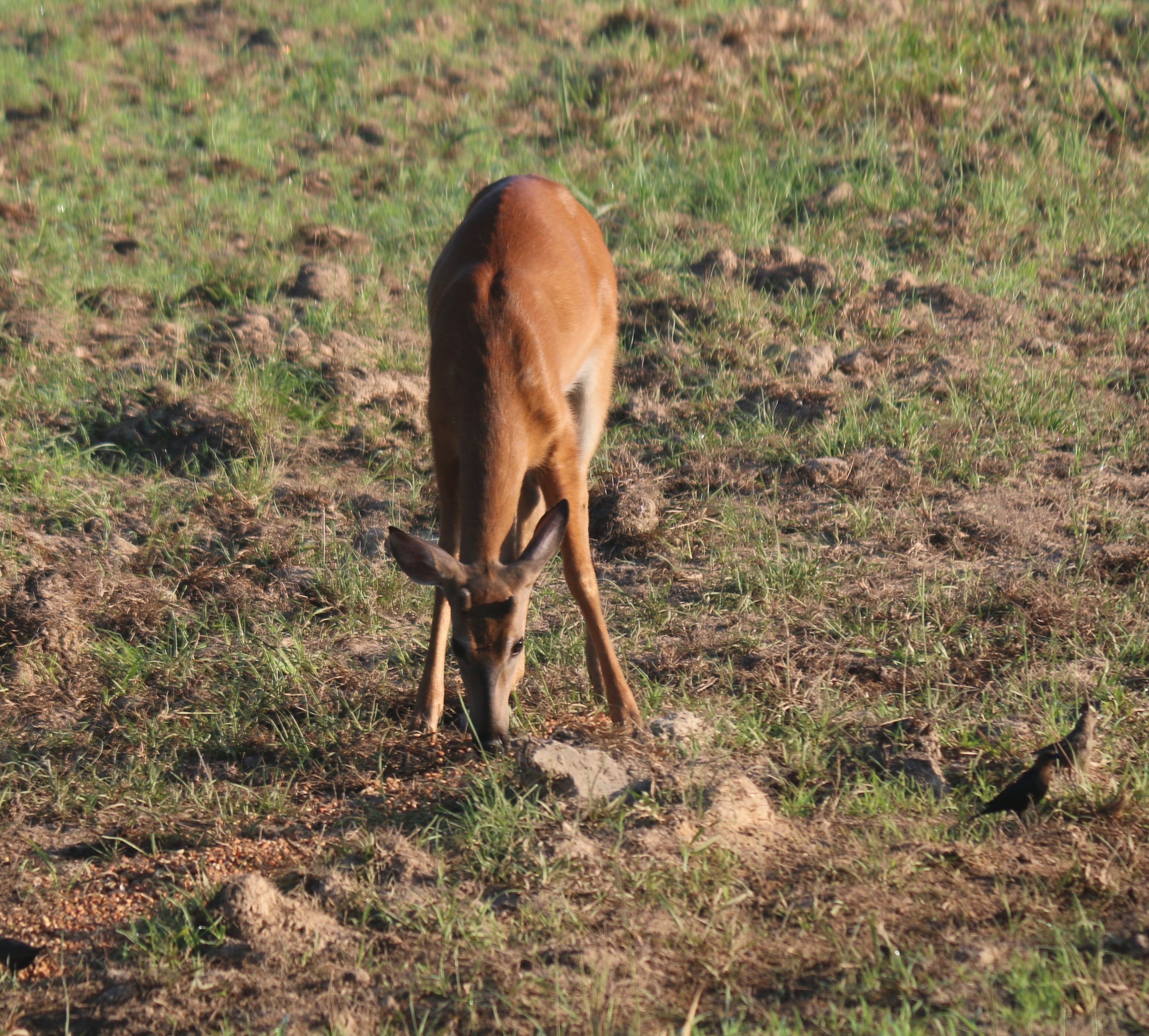Hog Bonanza on the Ocmulgee - Part 1
It really should have been a failure, my first-ever attempt at hunting feral hogs. But, here I was standing next to the 100-pound boar that I had dragged out of the forest. The hog had only traversed through 20-yards of the hardwood/palmetto woodland before collapsing from the wound channel caused by the 175-grain Nosler Partition. Others might have said he stank, but to me the boar was redolent of a wonderful perfume. I took photograph-after-photograph from various angles, including one using the light from my headlamp to illuminate his small tusks.
I rely on Craig Boddington for advice and ideas as a former generation of hunters relied on Jack O’Connor. When I mentioned to him that I was going hog hunting and asked for any pointers, he immediately responded with “Biggest problem will be adequate daylight!” And followed up with “Dang hogs are nocturnal, but hopefully [the hunt operators] are baiting. Light is your only issue, hopefully some will cruise by at sunset!” Given the successful outcome of my hunt, please do not suppose that I am about to cast aspersions on Colonel Boddington’s [extensive] experience with ‘pigs’ – including hunts for Wild Boar, Bushpig, Giant Forest Hog and, of course, many forays after North American feral hogs.Although I had no previous experience in hunting feral hogs, I am a biologist who for many years carried out research on species of mammals. Data from other scientists, as well as from my own research, led to the following conclusions: 1) mammals are most active at night, particularly heavily-hunted game; and 2) mammals need less food during warm weather, so their activity levels drop precipitously. So, as I stepped out of my truck and into the ~100o of the Georgia Gulf Coastal Plain, I assumed I was in for a disappointing hunt.What was not at all disappointing was the warm welcome provided by the Staff of Gum Log Plantation, located along the Ocmulgee River near the town of Abbeville, Georgia. Manager Woody, along with Courtney and Jacob, would host my hunt.To say that they took good care of me would be the understatement of the millennium. The food was excellent and, since I arrived back home weighing more than when I left, way-too-tasty.
"Cheese Grits and Biscuit? Yes, Please!"
The Lodge where I would stay was previously the family home of the owners Cary and Peggy Williams. For many years, Gum Log Plantation was used solely as the private hunting destination for the Williams’ family and their friends. Beginning in 2013, the public has been given the privilege of experiencing this destination. With 6800 square feet, three-stories, seven bedrooms, seven baths, two full-kitchens and a fully-stocked wet bar, the ‘Lodge’ looks much more like a ‘Mansion’.
It took four years to complete and was built entirely out of wood from the property; the finished planks and columns were turned out from two portable sawmills brought in specifically for the construction. Though a Redneck at heart, during my stay, I felt like royalty. But, I digress. Let’s return to what I assumed would be an unsuccessful attempt to see, let alone harvest, a feral hog.Woody announced that I would be taken to a stand at 5:00 pm for my first hunting session. After unpacking, and a quick bite to eat, we headed out in one of the Plantation’s four-wheel drive ‘buggies’.
I was dropped off at an enclosed stand overlooking one of the many, huge food plots. I had never been on a property with this many plots, or with plots that worked so well in attracting game animals.
Yet, the plots were not the only areas where one could successfully hunt the resident game species. For example, the two hunters with whom I overlapped spent their first session within the hardwood forests, adjacent to one of the bald cypress swamplands. In fact, there are a total of 21 stands scattered across the varied Gum Log habitat types. Each evening, hunters or no, two 5-gallon buckets of peanuts are poured out in front of every stand.As we came up to the stand in which I would spend the first evening, Woody drove slowly past the aerie while emptying the two containers of peanuts. After I settled in, I looked out at the row of peanuts that stretched some 50 yards on either side of my enclosure. Regardless of the bait, I was still expecting no activity in the sweltering heat of the afternoon. So, I was quite surprised when only 30 minutes after I arrived the first of four deer made their way out of the hardwood stands into the plot.
Their appearance, during the hottest part of the day, suggested that there was at least a very healthy deer population. It still remained to be seen whether the same was true for hogs.






